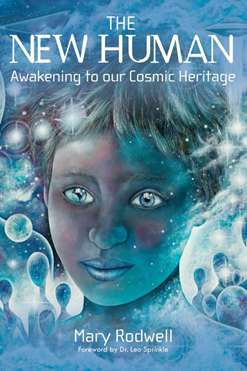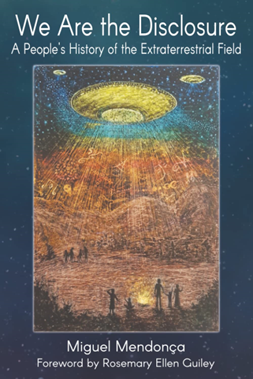
(Click to enlarge each graphic)
[This post is available as a PDF]
Recent public and special interest UAP/UFO conversations appear to be getting broader and deeper. I've been learning how to explore this complex topic using a meta-theory framework of research methodologies based on Integral Theory.
This integrative meta-theory process uses a '4-quadrant' framework that helps to determine our level of confidence in different UAP/UFO data, stories and claims.
The 4 quadrants identify fundamentally different ways of perceiving and experiencing our world.
For each of these quadrants there are well established ways of knowing, collecting and processing data, and validating claims about the nature of reality.
These 4 quadrants bring different lenses to UAP/UFO research and analysis through Objective (IT), Subjective (I), Inter-subjective (WE) and Inter-objective (ITS) realities.
For example, different ways of exploring UAP/UFOs and related phenomena might sit in each quadrant as follows.
Let's consider a few common UAP/UFO topics in each quadrant. Each of these represents a data source which may be analysed leading to claims about that topic.

The following lists one possible claim (in green) for each type of evidence.

In the past most UAP/UFO conversation privileged the 'IT' quadrant - and for many this quadrant of 'Objective Reality' is still a key focus. It often involves conversations about observable empiric physical data.
Integral theory reminds us that there are many other ways to explore reality that are just as important. Any claim based on evidence from just one quadrant can only ever be a partial view - part of the bigger picture.
One benefit of a 4 quadrant integral approach is that we can increase our understanding of, and confidence in, a particular claim by looking for corresponding claims based on data points in other quadrants. This approach to research is known as Integral Methodological Pluralism.
For example highlighted below are claims in different quadrants that are related to the assertion that Non-Human Intelligences (NHIs) are visiting Earth with UAP/UFOs.

When we discover similar claims based on data points in multiple quadrants we may become more confident in a particular assertion.
Highlighted below are claims in different quadrants related to an assertion that some groups on Earth may know more about UAP/UFOs than they have publicly revealed.

When similar claims appear in multiple quadrants we may gain increasing confidence in those claims. We might choose to rate our level of confidence as follows:
The ratings below are indicative of my current levels of confidence in some UAP/UFO related claims arising from multiple research methodologies based on data points from different quadrants.
Different researchers may privilege particular quadrants, while completely ignoring others, which necessarily results in a partial view of a phenomenon.
In addition, a researcher's worldviews can colour their perceptions.
Individual worldviews may limit or expand our perceptions. Shared worldviews may do the same within disciplines or communities of practice. We can be blind to data points we "know can't possibly exist" because of our unquestioned beliefs and assumptions.
For example, those with positivistic classical views of the world may discount or not even recognise data points in the subjective or intersubjective quadrants. In the example we have been considering this may make 25% of data points invisible, or even if they are seen they may be easily discounted.
Extending this example to those who may hold positivistic materialistic worldviews results in much more data becoming invisible or designated as 'nonsense' or 'immaterial' to "rigorous research".
Taking this to its extreme we may consider a researcher with dominant worldviews that are world centric, positivistic and materialist who may not see any evidence of UAP/UFOs deemed worthy of consideration.
Of course we all have our blind spots. This is one reason why a 4-quadrant integral approach emphasises the importance of using multiple research methodologies spread across the quadrants.
The more we consider UAP/UFO research claims the more we are challenged to expand our worldviews.
In many UAP/UFO conversations it's often apparent that 'experts' may only be expressing partial truths. Collaborative multidisciplinary international research is very much needed - as are scientific worldviews that expand beyond
positivistic beliefs and assumptions.
This post has only been an introduction to a simple 4-quadrant integral approach. For a deeper consideration of integral approaches to the UAP/UFO issue see the following.
Piacenza, Giorgio (2019)
Integral Ufology, Part Five
















.PNG)

















